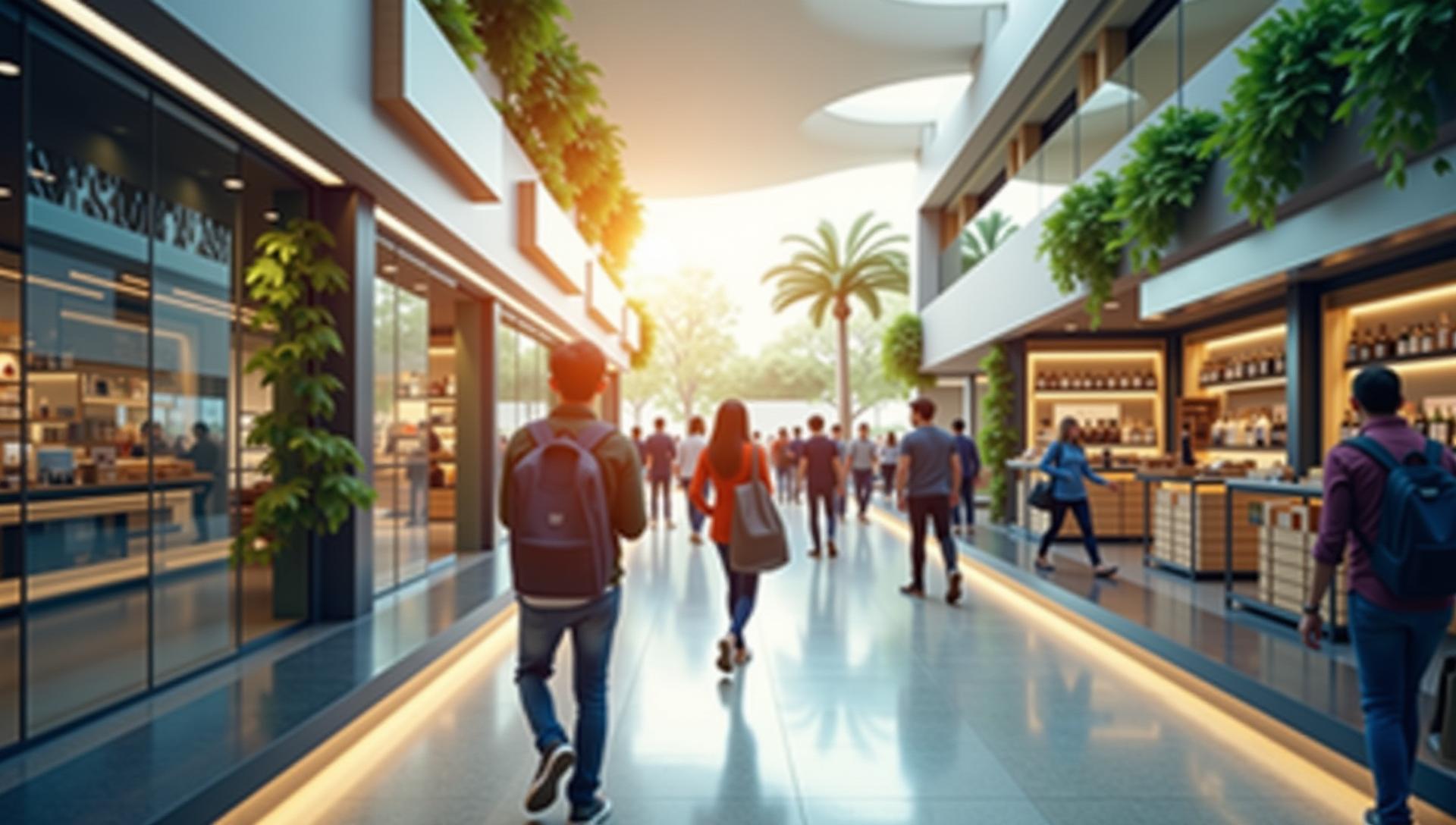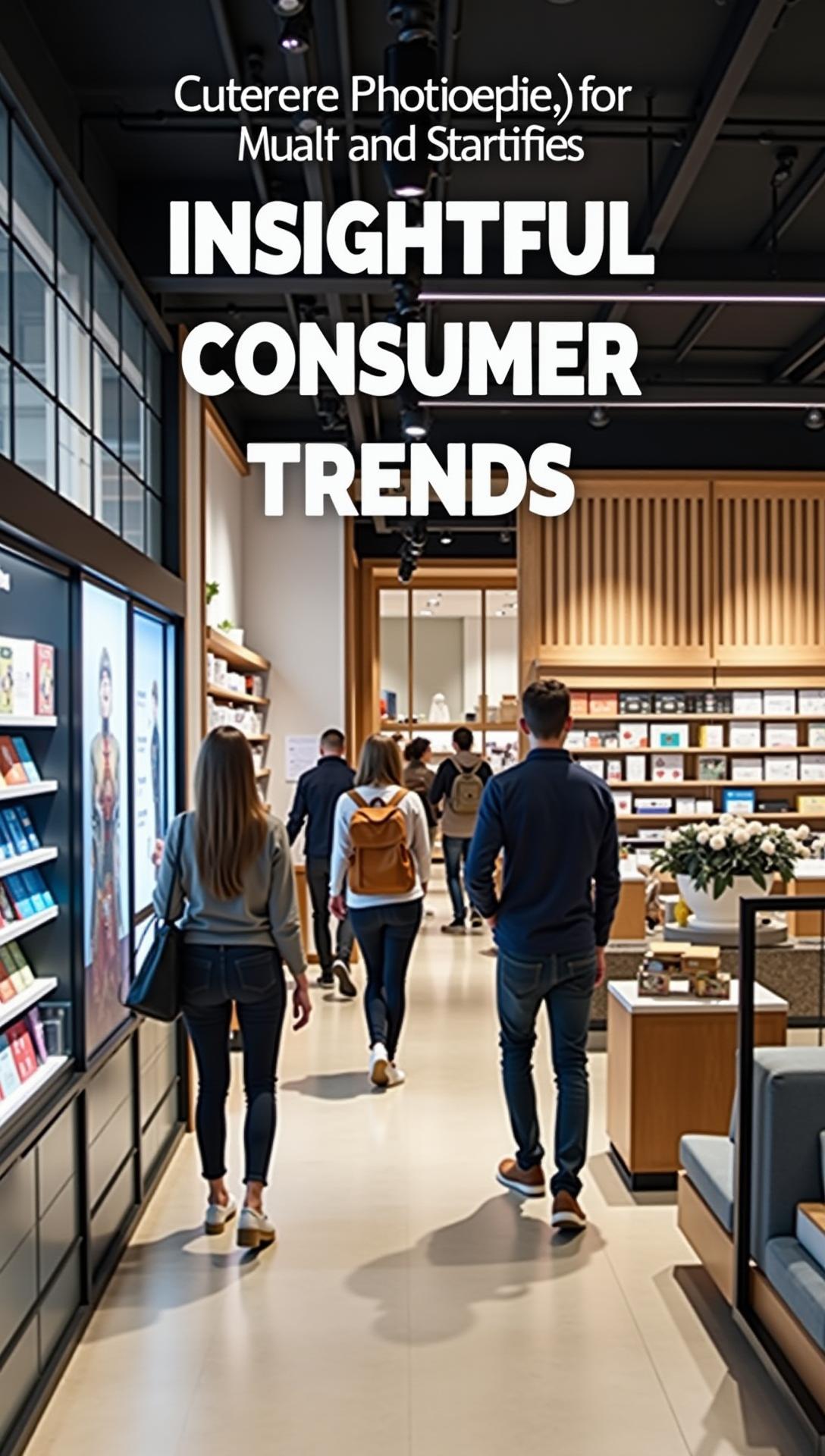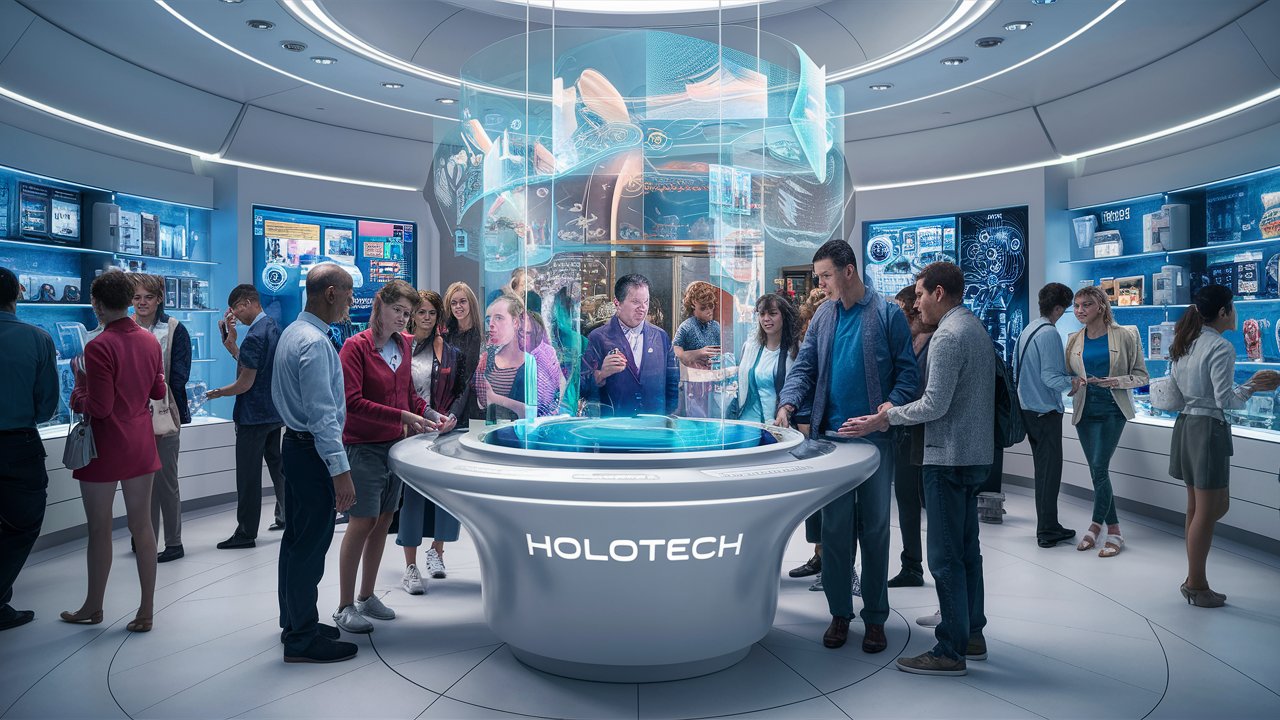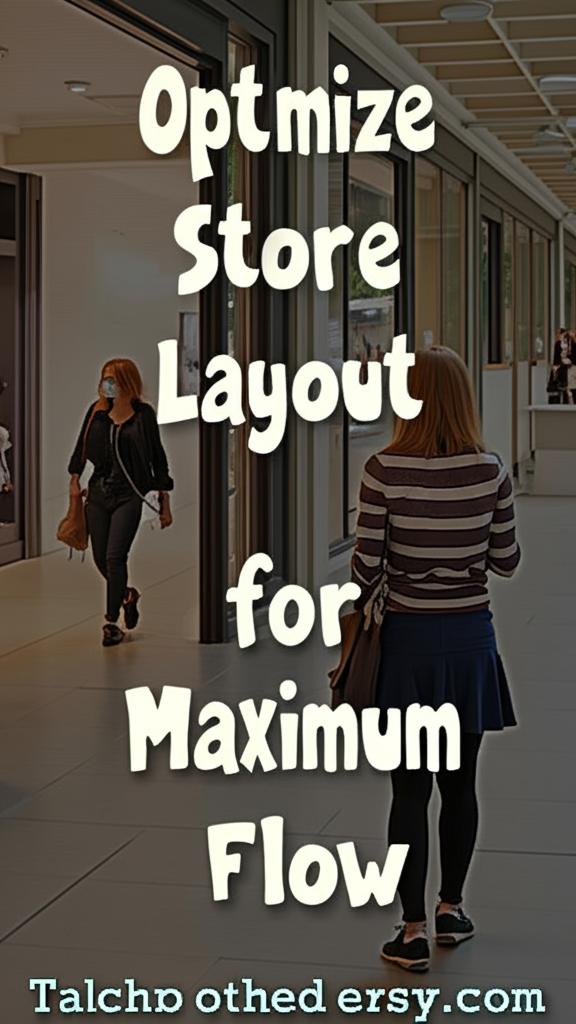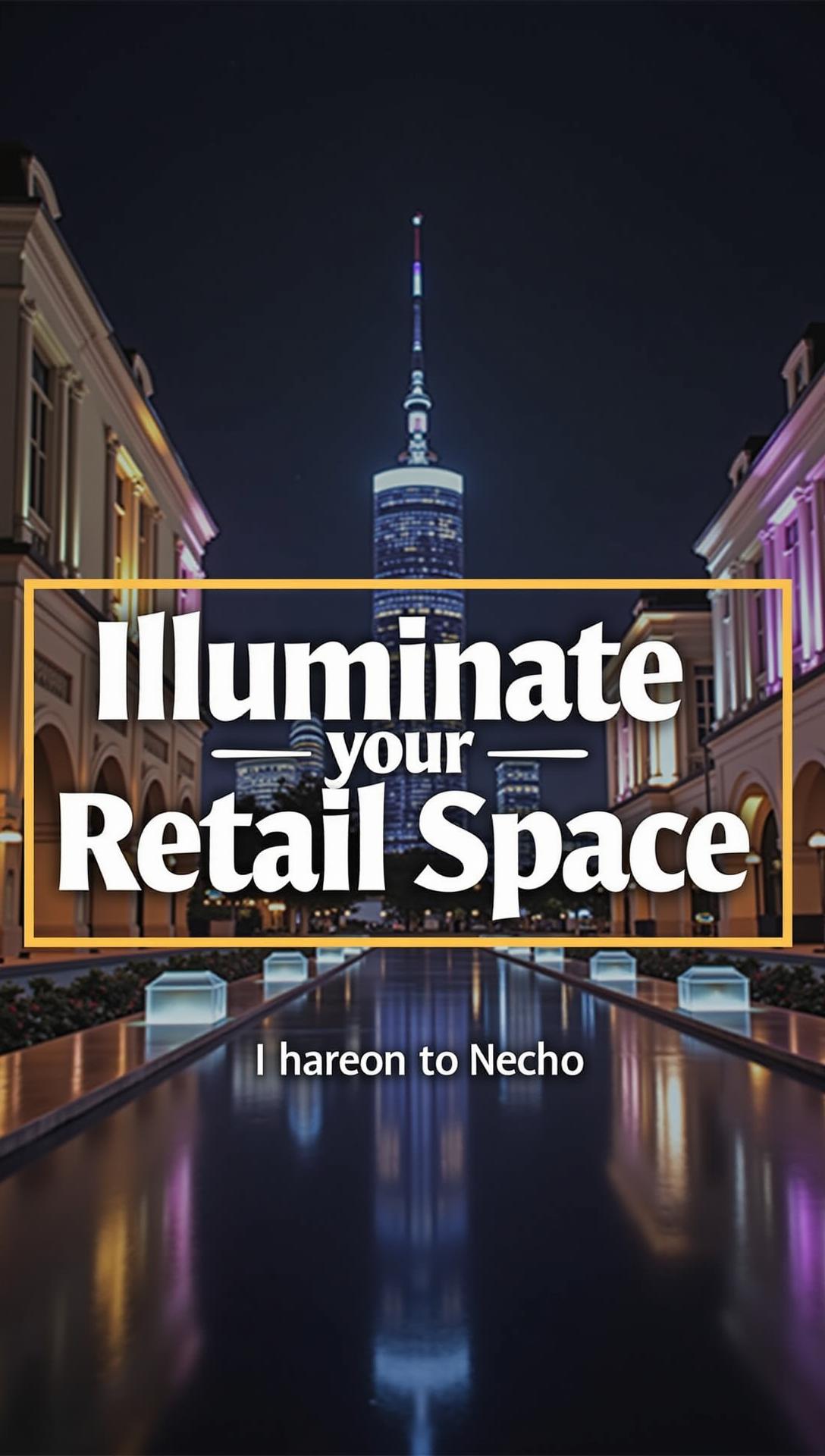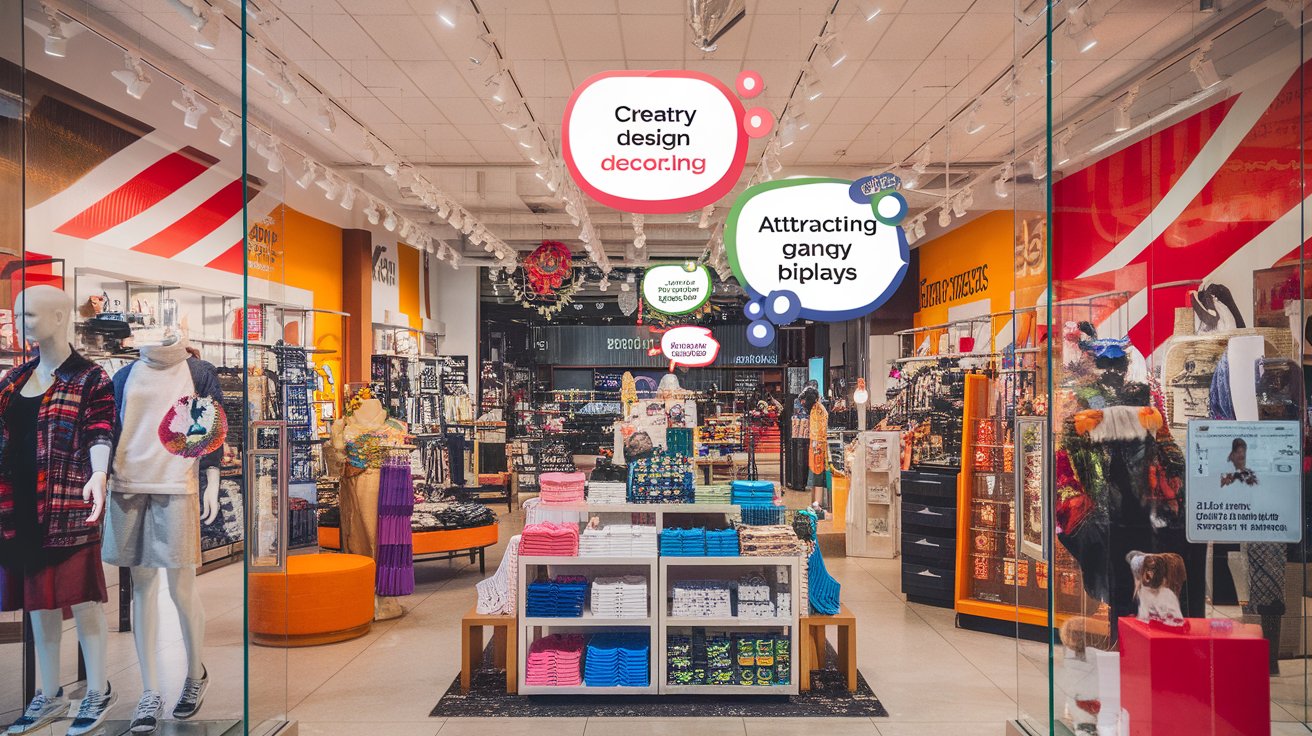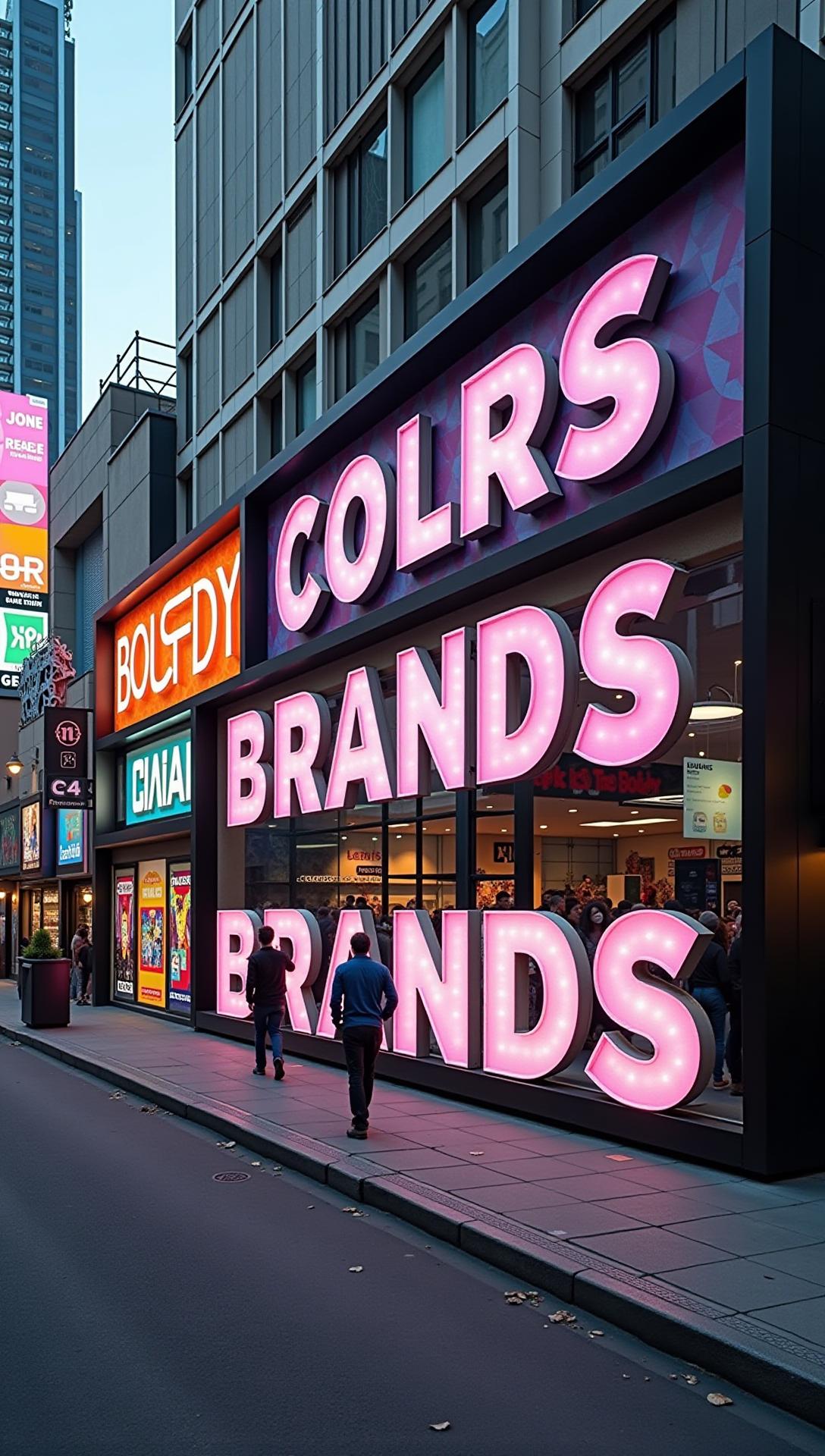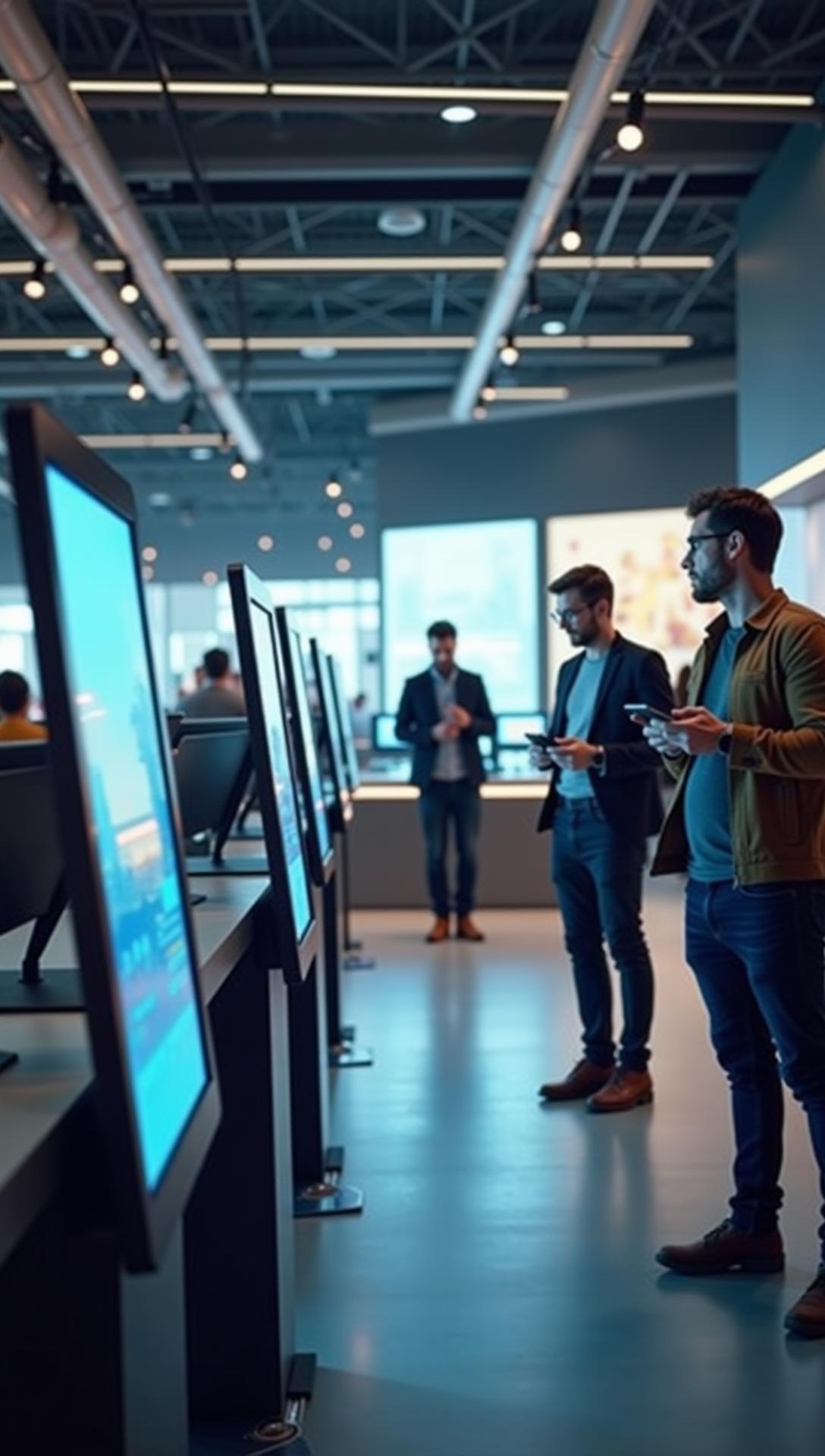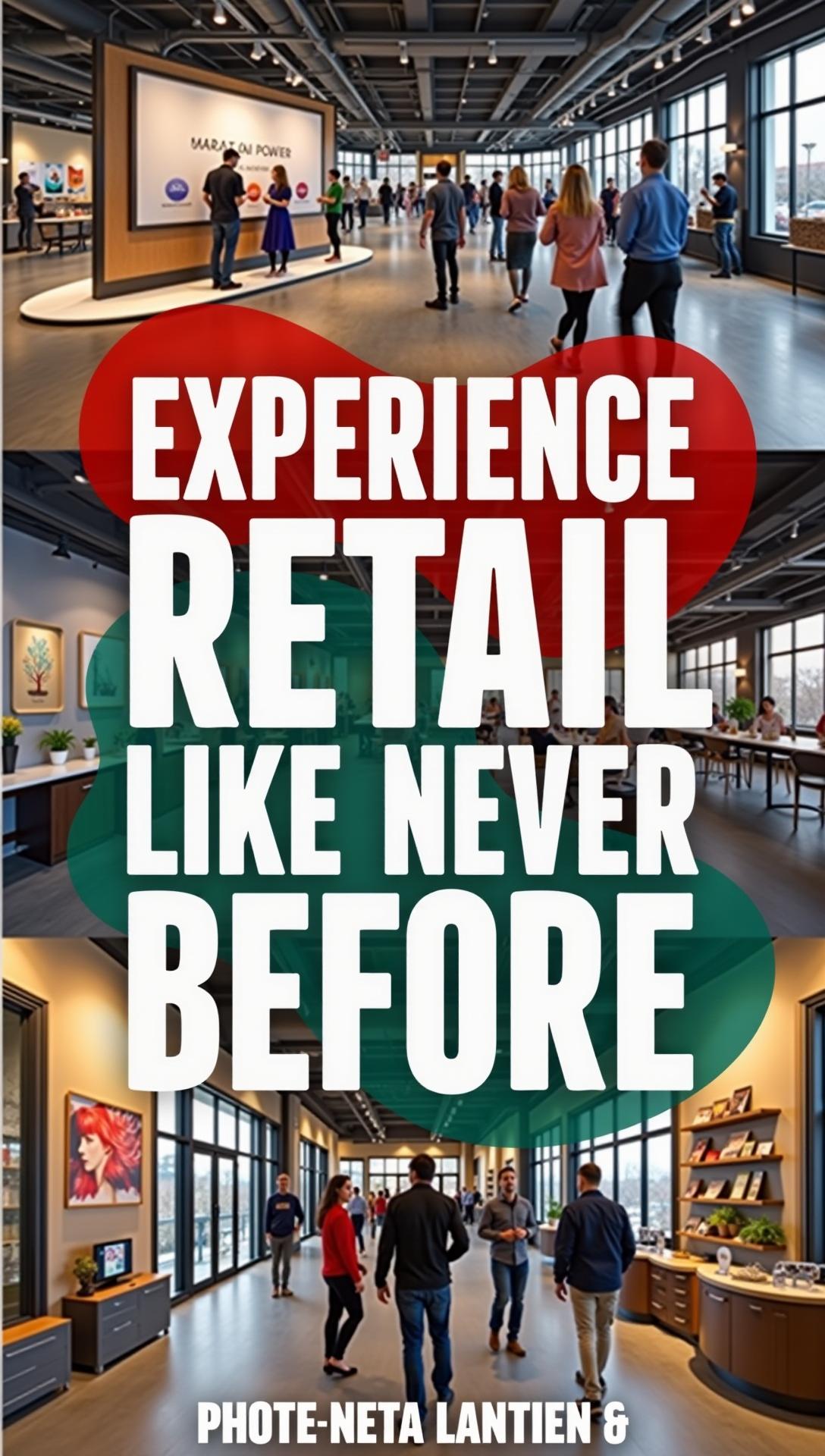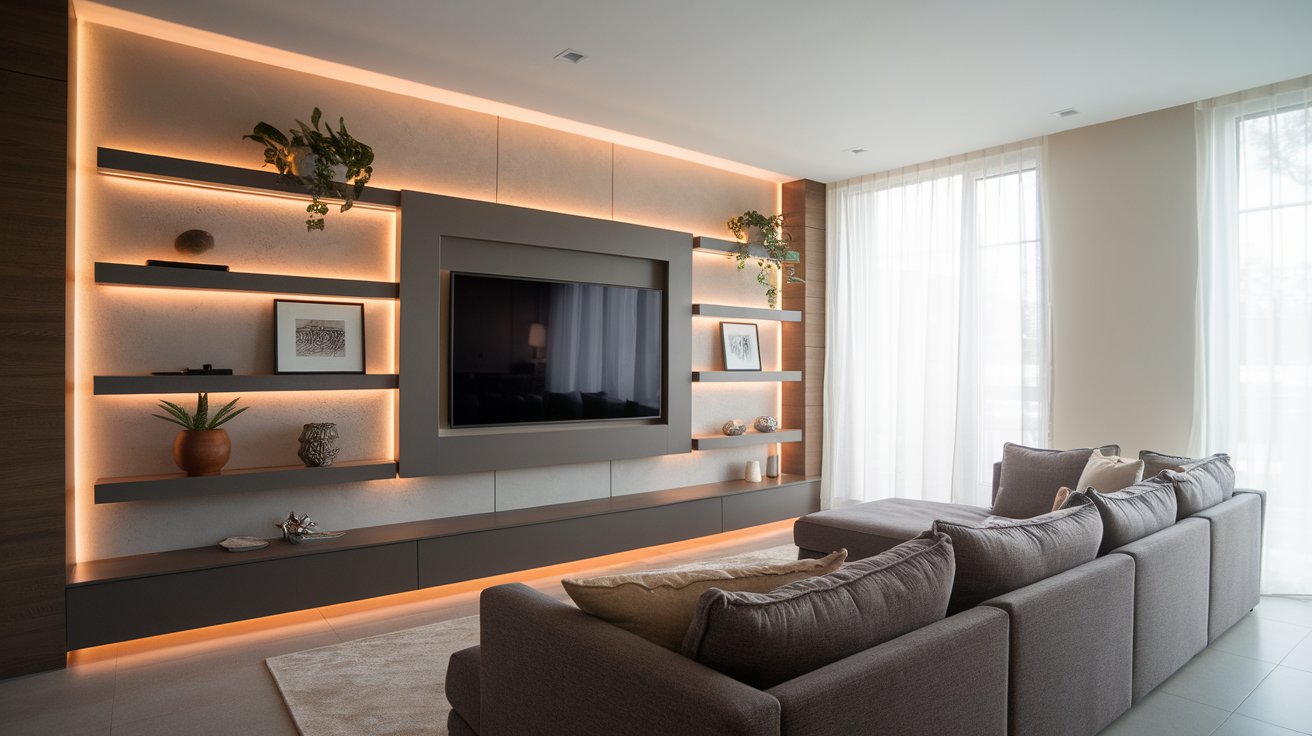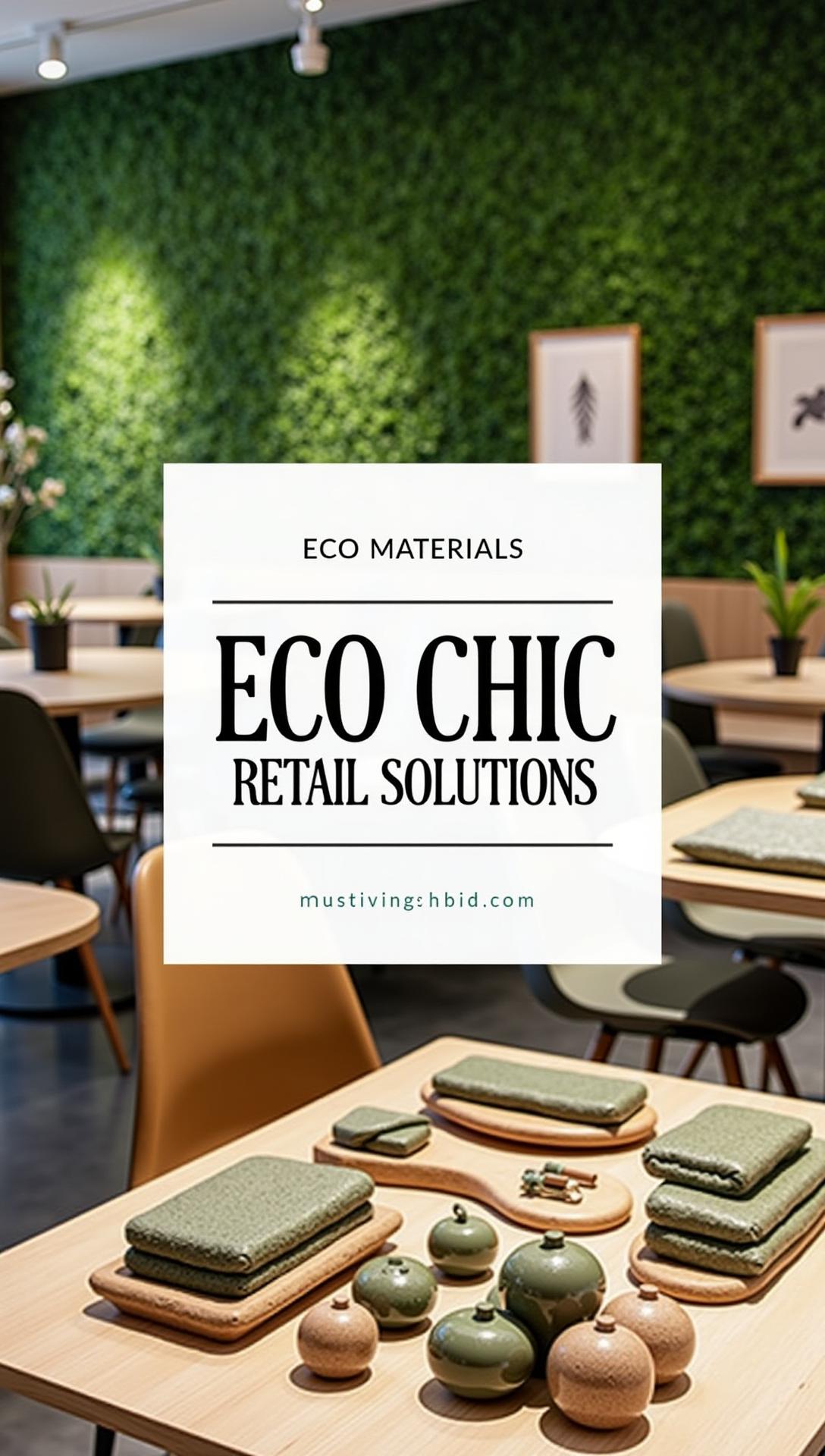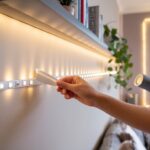Introduction
In the competitive world of retail, the design of a store plays a crucial role in attracting customers and enhancing their shopping experience. Modern store design goes far beyond mere aesthetics; it engages consumers and influences their behavior in a significant way. The interplay of layout, lighting, colors, and materials can create an atmosphere that draws shoppers in, encourages them to browse longer, and ultimately drives sales.
This article explores various store design ideas tailored for a contemporary retail experience. We cover essential aspects such as how to optimize store layout for better flow, the importance of creating immersive environments, and integrating technology into the shopping experience. Each chapter delves into innovative concepts and practical tips that can transform any retail space into a destination for consumers seeking both products and memorable experiences.
Understanding Consumer Behavior in Retail Settings
The Influence of Store Design
Consumer behavior in retail settings is shaped by a multitude of factors, with store design playing a pivotal role in guiding shoppers through their purchasing journey. The interplay between emotional triggers and logical reasoning influences decision-making, and store design can strategically enhance this dynamic. Elements such as layout, lighting, and visual merchandising are essential to understanding consumer movements and preferences.
One fundamental aspect of consumer behavior is the concept of impulse buying. A well-designed store can capitalize on this tendency by strategically placing high-margin items near entrances or checkout areas. Shoppers may not plan to make a purchase, but enticing displays or appealing product placements can influence their decisions. For instance, using eye-level shelving to showcase attractive merchandise can increase visibility and temptation, thus encouraging spontaneous purchases.
Store design also involves creating an environment that resonates with the target demographic. Factors such as color schemes and materials evoke feelings that can drive or deter purchase decisions. For example, a luxury retailer might utilize soft ambient lighting and plush materials to evoke opulence and comfort, appealing to high-end consumers. In contrast, a trendy urban cafe might feature vibrant art and open layouts to attract a youthful clientele seeking social experiences.
Sensory experiences—such as scent, sound, and visual elements—play an essential role in enhancing the shopping experience. Studies show that pleasant aromas can increase time spent in a store, while upbeat music can energize the atmosphere and encourage shoppers to explore further. Retailers must carefully curate these sensory cues to align with their brand identity and target audience.
Another vital consideration is the flow of the store. A fluid layout guides consumers seamlessly through products and promotions. By utilizing techniques such as strategic sightlines and accessibility, store designers can ensure shoppers engage with a wider range of offerings. Intuitive navigation minimizes frustration and fosters a positive shopping experience, potentially leading to higher conversion rates.
Understanding consumer behavior in conjunction with effective store design creates a contemporary retail environment where shopping feels engaging and enjoyable. Retailers that master this blend are well-positioned to enhance consumer experiences, foster loyalty, and drive sales.
The Importance of Store Layout: Analyze the Various Store Layouts and Their Impact on Consumer Movement and Sales
The design of a retail store’s layout significantly influences consumer experience, movement, and ultimately, sales performance. Retailers must consider how the configuration of aisles, product placement, and zoning can shape the shopping journey. Three prominent layouts—grid, racetrack, and boutique—each offer unique advantages and can dramatically affect consumer behavior.
Grid Layout
The grid layout is perhaps the most traditional and widely used design in grocery stores and pharmacies. This configuration consists of long aisles arranged in a parallel manner, facilitating easy navigation for customers. It allows for efficient product placement and maximizes space utilization, catering especially to brands with extensive inventories. The impact on consumer movement is significant; shoppers tend to follow a predictable path, which can lead them to browse more products as they navigate the aisles. However, this layout can also create a sense of monotony. Without strategic visual merchandising, shoppers may quickly grow disengaged and leave the store without completing purchases.
Racetrack Layout
The racetrack layout, often seen in department stores, creates a circular path around the store, encouraging customers to explore various departments while naturally guiding them towards featured items and promotional displays. This layout not only increases exposure to a wider array of products but also promotes impulse buying by placing enticing visuals and seasonal displays at key intersections. The flow created by a racetrack invites customers to spend more time within the space, heightening their in-store engagement. The dynamic nature of this layout can stimulate excitement, fostering a sense of discovery as shoppers traverse the space.
Boutique Layout
In contrast, the boutique layout offers a more intimate shopping experience by using a free-form layout with strategically curated sections. This style is commonly implemented in high-end retail stores or specialty shops. The layout encourages consumer exploration and personalized interaction with products, emphasizing unique designs and experiences. By creating distinct zones, retailers can drive customers’ attention to high-margin items or new collections. This fresh approach encourages shoppers to take their time, leading them to greater satisfaction and, ultimately, increased sales.
Understanding these layouts enables retailers to craft an immersive experience that aligns with their brand identity and meets the evolving needs of today’s consumers. Ultimately, the right store layout can enhance customer flow, increase dwell time, and drive purchases, making it a critical element in modern retail design. As stores look to optimize their environments, reconsidering layout strategies emerges as an essential factor in shaping successful retail settings.
Lighting as a Design Element: Enhancing Modern Retail Experiences
The Psychological Impact of Lighting
Lighting plays a pivotal role in creating an inviting atmosphere in retail spaces. It transcends mere functionality, influencing customer emotions and perceptions. The right lighting can evoke specific moods, enhance the shopping experience, and ultimately drive sales. Soft, warm lighting tends to create a relaxed and cozy environment, making consumers feel comfortable and more likely to stay longer. On the other hand, brighter, cooler lights can promote alertness and stimulate activity, ideal for high-energy environments like sports equipment stores.
Retailers must consider the psychological implications of different lighting types when designing their spaces. For instance, accent lighting can highlight particular items or areas, drawing attention to promotional displays or new arrivals. Such strategic lighting not only informs consumers but also affects their buying decisions. The use of prominence helps to guide the customer’s journey through the merchandise, offering visual cues that encourage exploration and interaction.
Types of Lighting and Their Applications
Various types of lighting can be employed to achieve different effects in a retail environment. Ambient lighting serves as the foundation, providing overall illumination throughout the space. This basic level of light allows customers to navigate safely and comfortably. Task lighting, such as spotlights or pendant lights, is strategically placed over specific areas to facilitate activities such as reading labels or examining products closely.
Decorative lighting adds an artistic element, enhancing the aesthetic appeal of the store. Fixtures can range from unique chandeliers to modern LED strips, contributing to brand identity and overall ambiance. Natural light, where possible, is another desirable option as it not only provides a refreshing atmosphere but also connects consumers with the outdoor environment.
Each type of lighting can bring a unique dynamic to the retail experience. For instance, utilizing daylight-mimicking LEDs can help to maintain energy levels inside the store while also minimizing energy costs. Ultimately, varied lighting strategies can enhance merchandise appeal, increase dwell time, and create a memorable shopping experience that aligns with modern retail needs.
Color and Branding: How Color Influences Consumer Behavior and Brand Identity
The strategic use of color within a retail space goes beyond aesthetic appeal; it plays a pivotal role in shaping consumer perceptions and reinforcing brand identity. Colors evoke emotions and reactions, thus influencing the shopping experience and potentially driving purchasing decisions. Understanding color psychology can guide retailers in selecting an effective palette that resonates with their target audience and aligns with their brand values.
The Emotional Response to Colors
Colors are potent tools in invoking specific feelings. For instance, red can incite urgency or excitement, which is why it is often used in clearance sales. In contrast, blue conveys trust and calmness, making it a popular choice for brands that aim to establish reliability, such as banks and healthcare providers. Green often symbolizes sustainability and health, which aligns well with eco-friendly brands. By carefully selecting colors that embody the brand’s mission, retailers can establish a deeper connection with customers.
Research indicates that up to 90% of snap judgments regarding products can happen within 90 seconds of first impressions, and up to 85% of that is based solely on color. This highlights the importance of cohesive color schemes that enhance brand recognition while simultaneously appealing to consumer emotions.
Creating Cohesion Through Color Schemes
The design of a retail space should incorporate a color palette that reflects the brand’s identity. Consistency in colors used across various elements—store walls, signage, product displays, and packaging—reinforces brand coherence. Retailers can employ complementary color schemes to create visual harmony, which can captivate customers as they navigate the store. Displaying products in aesthetically pleasing arrangements using well-planned colors can highlight key items and encourage purchases.
Luxury brands might utilize black and gold to evoke sophistication and exclusivity, whereas youthful brands might lean towards vibrant hues to signify energy and fun. Seasonal changes can also be creatively addressed through color, adapting the store’s palette to reflect trends or themes, thus providing a fresh experience for returning customers.
The integration of color in signage and visual merchandising can significantly enhance the customer journey. Clear, colorful signs guide shoppers, leading them seamlessly through different sections of the store. This strategic use of color not only creates a pleasant shopping atmosphere but also enhances brand recall and customer retention, setting the stage for successful ongoing engagement.
Incorporating Technology: A Modern Approach to Retail Experience
The integration of technology into store design is transforming the way consumers interact with retail spaces. Retailers are increasingly adopting tech-driven solutions to enhance customer engagement, streamline operations, and create a more personalized shopping experience. From interactive displays to mobile payment systems, the right technological innovations can turn a simple shopping trip into a comprehensive experience.
Interactive Displays and Visual Merchandising
Interactive displays provide an engaging way for customers to connect with products. These dynamic setups can range from touchscreens that allow users to explore product details to digital signage showcasing promotions and seasonal themes. Retailers like Adidas and Sephora have embraced interactive technology in their storefronts, enabling shoppers to visualize themselves using the products through augmented reality. This not only entertains but also aids decision-making, as customers can see themselves using an item before making a purchase.
Employing technology such as QR codes can bridge the gap between physical and online experiences. By scanning QR codes, customers can access product reviews, video tutorials, or even virtual fitting rooms. This level of interactivity fosters a deeper connection between the consumer and the brand, encouraging informed choices and sparking interest.
Mobile Payment Systems and Checkout Innovations
The convenience of mobile payment systems cannot be overstated. The ability to check out through mobile wallets like Apple Pay or Google Wallet is becoming an expectation among customers. Retailers that implement contactless payment options not only cater to consumer preferences for efficiency but also enhance the overall shopping experience. A streamlined checkout process minimizes wait times and allows customers to focus more on their shopping journey rather than logistics.
In response to the demand for minimal interaction, some retailers are experimenting with automated checkout systems and smart carts equipped with sensors. These innovations can track purchases in real time, enabling a frictionless experience where shoppers can leave the store without traditional payment methods. This not only speeds up the transaction process but also reflects a modern, tech-savvy approach that can resonate deeply with today’s consumer base.
Incorporating technology into store design is vital not just as a functional enhancement but as a means to create an immersive retail environment. These advancements, aligned with branding and color strategies practiced in the previous chapter, work holistically to engage shoppers and elevate the retail experience, setting the stage for the importance of creating memorable, experience-driven environments explored in the next chapter.
Creating an Experience-Driven Environment: The New Retail Destination
In an era where retail competition is fiercer than ever, transforming a store into an experiential destination is key to capturing the attention of customers. Experience-driven environments elevate the shopping journey into an unforgettable adventure that not only drives sales but also fosters brand loyalty. The modern consumer is not just looking for a transaction; they seek an immersive experience that resonates with their lifestyle, aspirations, and sense of community.
Engagement Through Design
Store design must embrace an engaging aesthetic that invites customers to interact with the space. Thoughtful layouts featuring open spaces, varied textures, and vibrant colors can create an atmosphere that encourages exploration. Consider incorporating areas where customers can relax or socialize, such as lounges or communal seating areas equipped with Wi-Fi and charging stations. This not only enhances comfort but also allows shoppers to linger, ultimately increasing the likelihood of purchases.
Integrating storytelling into the design can deepen the emotional connection with the brand. This could manifest through thematic display elements, art installations, or even scent marketing, which evokes memories and emotions, creating a holistic sensory experience. A bookstore might feature cozy reading nooks, complete with a coffee bar, while a fashion retailer could design fitting rooms that double as Instagram-worthy backdrops. This intersection of creativity and functionality can transform the mundane act of shopping into a memorable outing.
Interactive Features that Invite Participation
Incorporating interactive elements can further enhance the shopper’s experience. Touchscreen installations, augmented reality fitting rooms, or live demonstrations can turn passive browsing into active engagement. Utilizing technology in a way that encourages customers to “play” within the store not only makes shopping enjoyable but also sparks conversation and social sharing, effectively broadening brand exposure.
Involving the community through events or workshops can turn a retail space into a hub of activity. Hosting local artists or conducting DIY classes not only enriches the customer experience but fosters a sense of belonging. Thus, the store becomes a vital part of the community rather than just a transactional space.
Incorporating these experience-driven concepts is integral to differentiating your brand in a saturated market. As shopping habits evolve, making your retail space not just a place to purchase, but a destination of value and connection, is paramount for long-term success.
Sustainability in Store Design: Incorporating Eco-Friendly Practices for a Modern Retail Experience
The growing emphasis on sustainability has revolutionized the design of retail spaces. As consumers become increasingly aware of environmental issues, retailers face mounting pressure to align with these values through their store design. Sustainable practices not only appeal to the eco-conscious customer but also reflect a commitment to corporate responsibility and social consciousness. Integrating sustainable elements into retail spaces enhances the overall customer experience and positions brands as leaders in responsible business practices.
Utilization of Sustainable Materials
A pivotal aspect of sustainable store design is the choice of materials. Retailers are opting for renewable resources such as bamboo, reclaimed wood, and recycled metals, which significantly reduce the ecological footprint of store construction. These materials not only offer durability and aesthetic appeal but often contribute to a unique ambiance that resonates well with today’s environmentally aware shoppers. Moreover, brands are increasingly opting for low-VOC paints and finishes, which enhance indoor air quality – an aspect particularly important for retail environments where customers spend considerable time.
Energy Efficiency and Green Technology
Innovative energy-efficient technologies further amplify the sustainable potential of retail spaces. Utilizing LED lighting, energy-efficient heating and cooling systems, and smart energy management systems results in lower operational costs and diminished environmental impact. In addition, solar panels and green roofs can be integrated to harness renewable energy, allowing stores to operate more sustainably. Retailers are also employing water-saving fixtures and rainwater harvesting systems to minimize water usage, further emphasizing the importance of responsible resource consumption.
Creating Biophilic Environments
Another emerging trend in sustainable retail design is the incorporation of biophilic elements. By integrating natural elements into store layouts—such as indoor plants, living walls, and sunlight optimization—retailers can create a connection between nature and shopping experiences. These biophilic designs not only enhance aesthetic appeal but also improve customer well-being, leading to increased dwell time and higher purchasing potential. This approach effectively merges sustainability with an invigorated shopping environment, inviting customers back to stores again and again.
As sustainability takes the forefront, modern retail design is undergoing a profound transformation, aligning eco-friendly practices with customer-centric experiences. Emphasizing sustainability in store design not only shapes a brand’s identity but ultimately cultivates lasting relationships with consumers who value environmental stewardship.
Conclusions
The landscape of retail is evolving, and effective store design is at the forefront of this transformation. By embracing innovative design strategies, retailers can create a unique shopping environment that not only meets the functional needs of customers but also captivates and retains their attention. A well-designed store fosters brand loyalty and enhances customer satisfaction, making the shopping experience more enjoyable and engaging.
As we have explored in this article, from layout considerations to the thoughtful use of technology, each element of store design contributes to the overall retail experience. Retailers willing to invest in their store’s design will likely see greater customer engagement, increased sales, and a stronger brand identity. Ultimately, the key to successful store design lies in understanding the customer and leveraging design elements to fulfill their desires and expectations.

